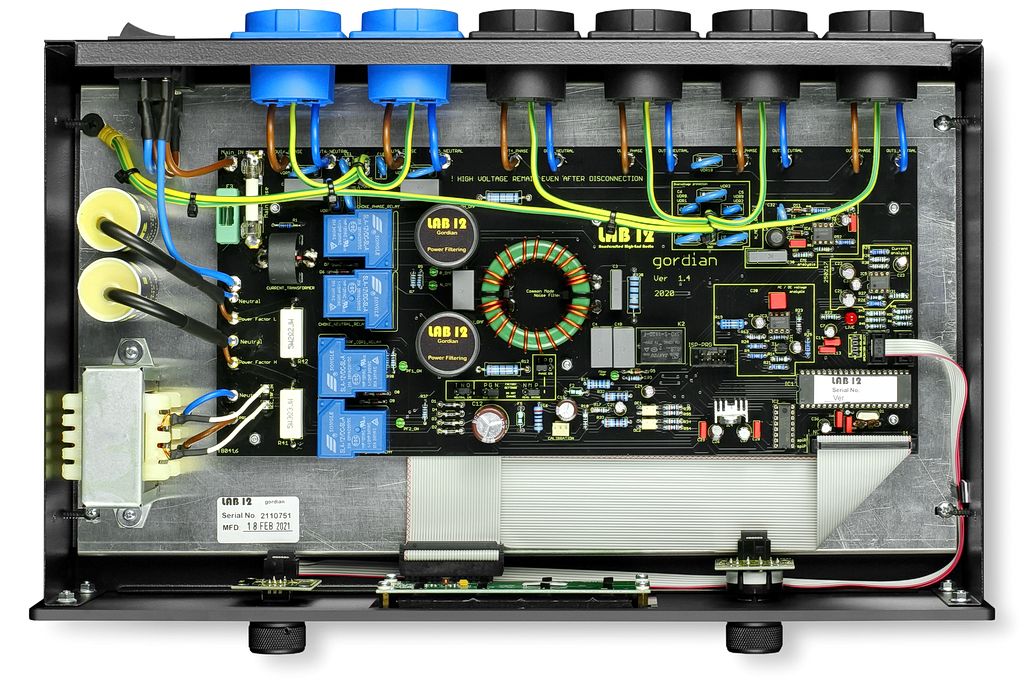DanielT
Major Contributor
You are right. So why not investigate:Yup. I think you're right.
What the listening room looks like, what kind of music OP listens to and generally how loud (what do they require for amplification)? In relation to the speakers:

FM-30 Three-Way Passive Floorstanding Speaker
The price is for a pair. Our small and discrete floorstanding speaker does not only feature an unprecedented style and elegance, but also a full blown high end performance. Learn more about the 2021 update here
How big demands they make on the amplifier? Enough pure watts so that the amplifier is not driven into the clipping. After that, the appropriate amplifier is selected. If OP looking for some features, or special design / appearance then it is considered.
If there is something wrong with this particular amp that OP have, then new thread and troubleshooting.
Last edited:




